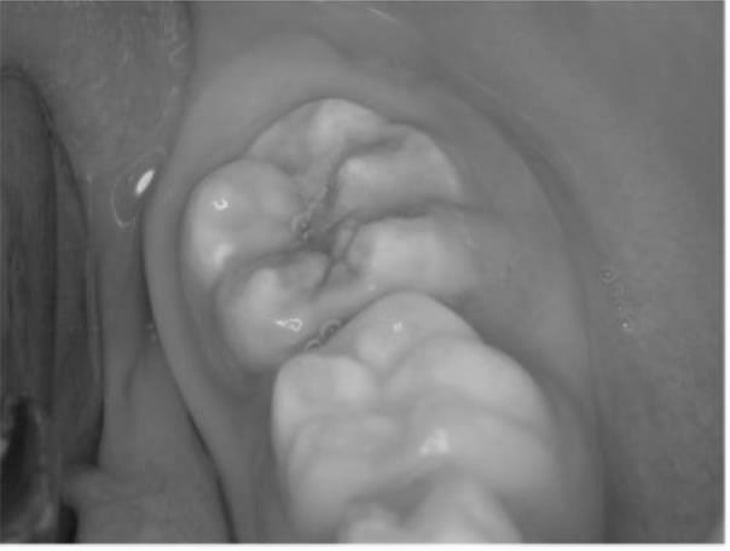
Malmineralized teeth will change color compared to normal teeth - Photo: BSCC
Although the term includes both molars and incisors, the mandatory diagnostic criterion is that at least one first permanent molar must be involved, with incisors being present or absent.
The best known features are well-demarcated white spot lesions caused by enamel hypomineralization. In more severe cases, there is post-eruptive enamel fracture, atypical carious lesions, and pain, including dentin hypersensitivity.
In addition to molars and incisors, other teeth can also suffer enamel damage caused by this disease.
The lesions are very rich in color, called white spots but can be white, brown, yellow… with very different color saturations.
The enamel of patients with the disease is often porous because the structure contains more protein fibers than mineralized structures, which causes the enamel to break down after eruption. Many studies have shown that the diseased teeth are very susceptible to tooth decay, and tooth decay on teeth with hypomineralized enamel will progress very quickly.
Therefore, patients are often detected at a late stage, meaning that the tooth has a lot of enamel breakage, making the patient and the doctor think it is tooth decay. However, if the tooth is treated with a treatment regimen for tooth decay, it will easily lead to failure, so it is necessary to clearly distinguish between tooth decay and this disease, tooth decay on a mineral-poor foundation, to have a suitable treatment plan.
How to treat diseased molars?
Molars with this disease are very susceptible to tooth decay because of poor mineralization and sensitive teeth that children do not dare to brush their teeth. When decay occurs, the tooth is destroyed very quickly. Therefore, early prevention as soon as the tooth grows is very necessary.
For early prevention, it is necessary to instruct children to improve oral hygiene and diet, and use preventive products such as fluoride mouthwash, CPP/ACP, and fluoride varnish. For children under 6 years old, it is recommended to use products containing CPP-ACP without fluoride such as GC tooth mousse to brush their teeth.
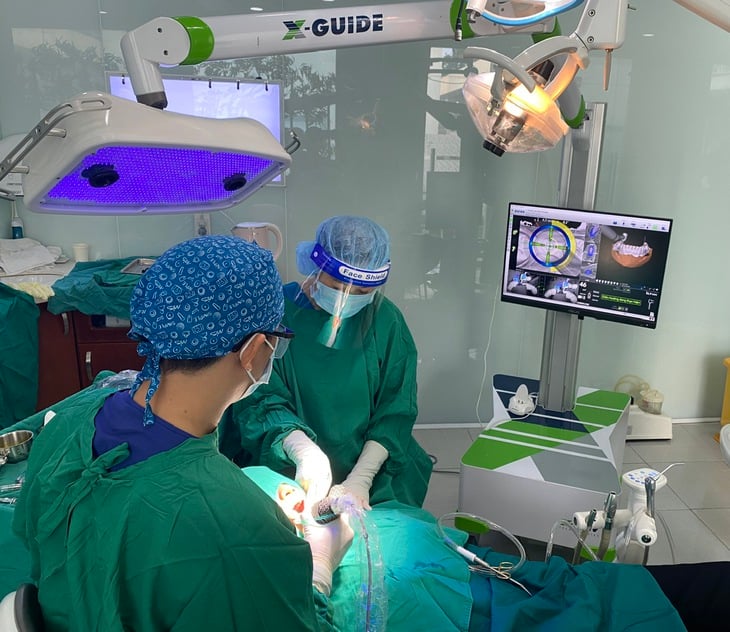
If possible, parents should see a dentist early for advice - Photo: BSCC
Fluoride mouthwashes can be used after snacks or at lunchtime at school when children cannot brush their teeth. Children usually brush their teeth in the morning and evening, and adults do the same, so lunchtime is a necessary and appropriate time to rinse with fluoride mouthwash products to prevent tooth decay and remineralization.
In molars with moderate and severe mineral loss, the enamel breaks immediately after eruption, the surface often has plaque and secondary caries, when there is caries the surface breaks very quickly, treatment becomes more complicated for the doctor because the adhesive is affected.
Some materials that can be used to restore moderate and severe molars are hybrid glass cement, composite, available steel caps, as well as adhesive restorations such as onlays, porcelain overlays, etc.
A very important indication to note is to remove severely diseased or damaged molars to replace the first molars with second molars, and wisdom teeth to replace the second molars.
Early detection helps prevent tooth enamel fracture.
Pediatric dentists and restorative dentists play an important role in early detection of malmineralized enamel lesions in molars and incisors based on clear characteristic features during regular dental check-ups such as:
(1) Discolored spots on teeth can be white or yellow or brown.
(2) Atypical fillings on the tooth surface.
(3) Sensitivity of molars or incisors from a very early age, right after the teeth first grow.
(4) Broken tooth enamel right from the time it grows
When should I see a dentist?
Children should receive regular dental care from the moment their first tooth erupts. The same goes for permanent teeth, which should be cared for as soon as they erupt so that enamel development abnormalities can be detected and appropriate prevention and treatment strategies can be developed for each stage of development.
If possible, the mother should see a dentist early in pregnancy to get advice on preventive methods.
If you discover unusual colored spots on the teeth, broken teeth, or your child has pain when chewing or brushing, take your child to see a specialist for examination, accurate diagnosis, and appropriate treatment.
Source: https://tuoitre.vn/cach-nhan-biet-dieu-tri-benh-13-dan-so-the-gioi-mac-kem-khoang-men-rang-ham-rang-cua-20250712181901594.htm





![[Photo] Prime Minister Pham Minh Chinh receives President of Cuba's Latin American News Agency](/_next/image?url=https%3A%2F%2Fvphoto.vietnam.vn%2Fthumb%2F1200x675%2Fvietnam%2Fresource%2FIMAGE%2F2025%2F12%2F01%2F1764569497815_dsc-2890-jpg.webp&w=3840&q=75)

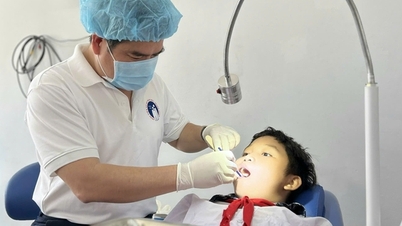

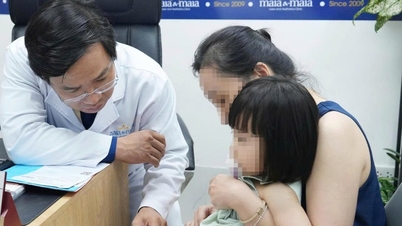
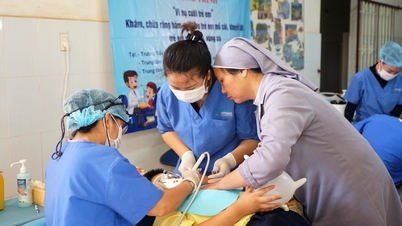

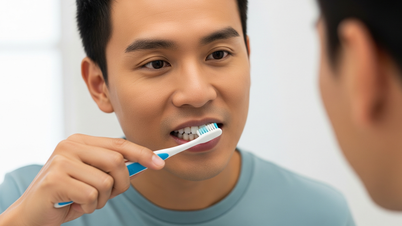

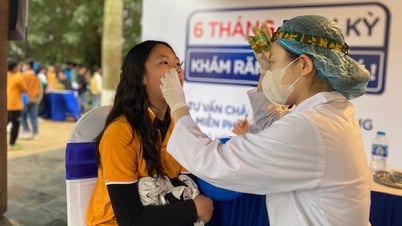





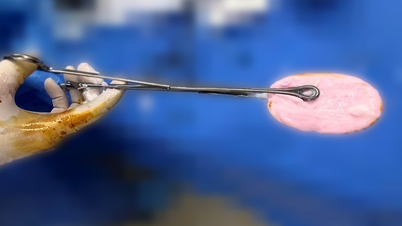






















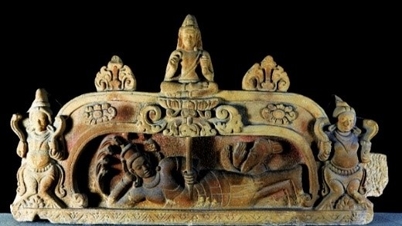






























































Comment (0)